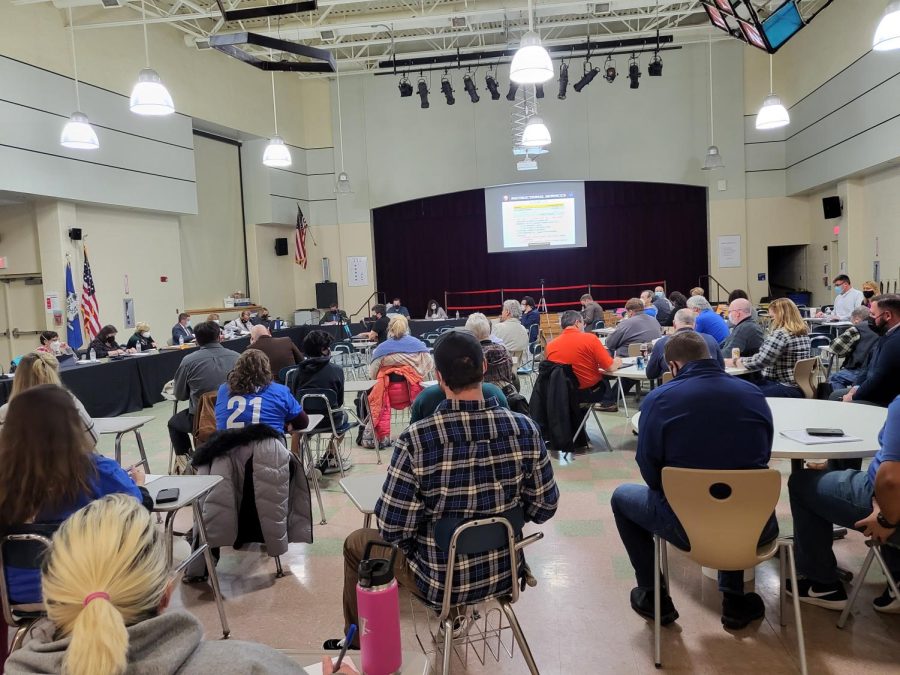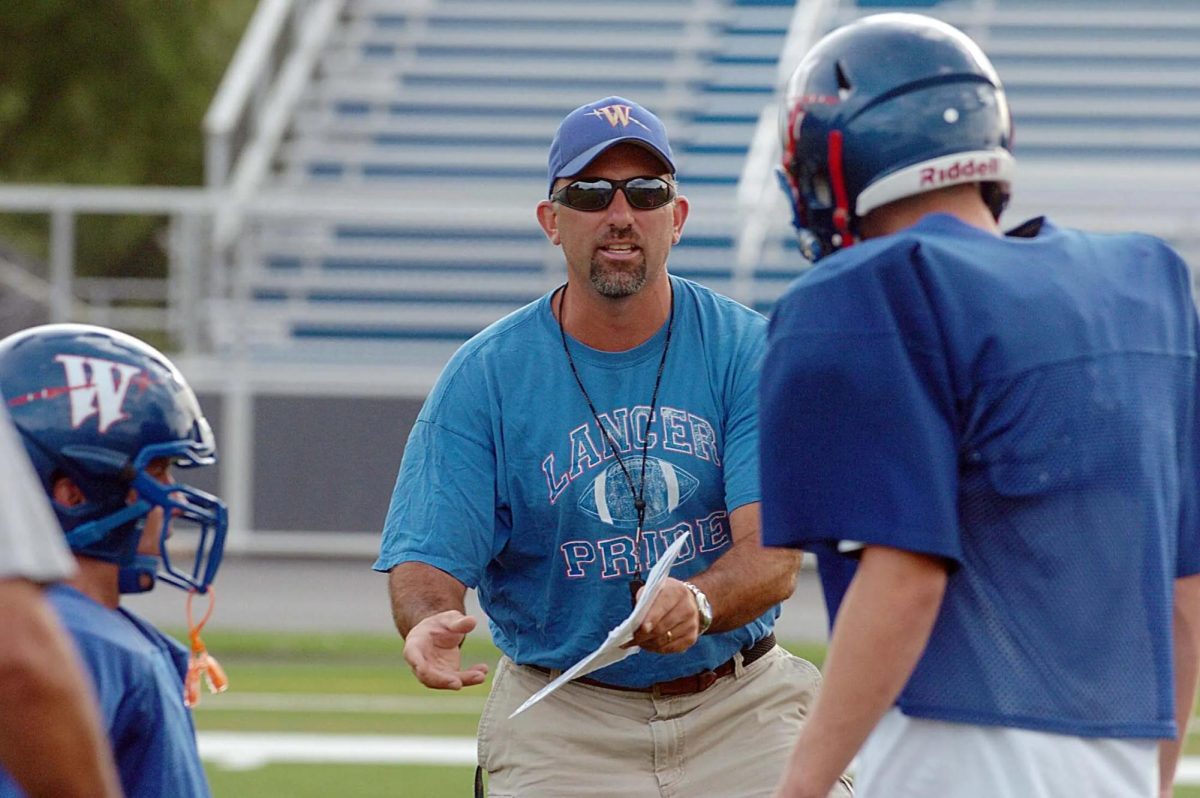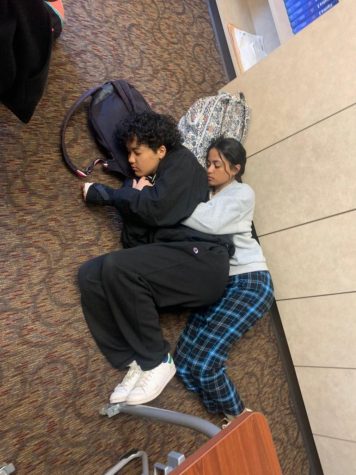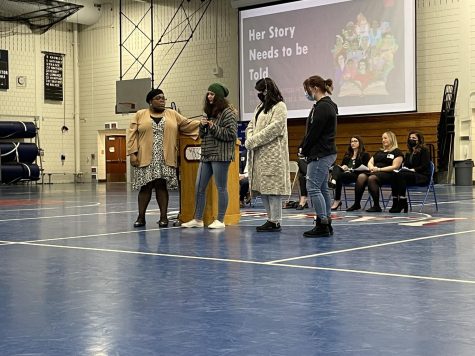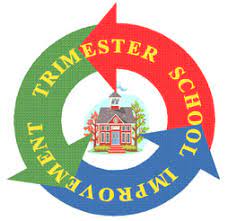Budget Cuts: From Crisis to Opportunity?
April 8, 2022
After reading the 117 page budget plan and spending hours analyzing the Waterford board education meeting videos, I can safely say that fully understanding financial plans isn’t something you pick up in a single sitting. Using lots of large words and fancy technical terms, the actual ideas and repercussions that will ripple through the school are hidden in a convoluted mess of information. Even for the people who care, the task seems daunting and not worth it. This barrier can lead to people, students especially, not really knowing what to expect when the new budget is enforced. But with nine positions at WHS being eliminated, knowing the factors and impacts of this budget is important for students and staff.
With four of the nine positions removed in the new budget being teaching jobs, there are a lot of questions circulating. All four of the eliminations are positions at WHS. There will be two removals in the English department, one in science, and one in history. The teachers in these spots won’t lose their job. Due to two retirements, one resignation, and a new opening in the pre-k classes, the current employees will move to fill the vacancies rather than the district hiring new people. To ensure that each person is in a spot that they are qualified for, this shuffling will have a domino effect, moving various teachers throughout the district.
Another big influence on the budget for this fiscal year are the Covid relief funds. This money comes from the federal government and there have been three rounds since the start of the pandemic. The first wave came in from the CARES (Coronavirus Aid, Relief, and Economic Security) act in March 2020. Waterford received $373,395 from this round and used most of the funds for mitigation measures, such as cleaning supplies and PPE (personal protective equipment). The next round came in under the CRRSA (Coronavirus Response and Consolidated Appropriations) act in January 2021 and was just over 1.1 million dollars. These funds were put towards intervention staff to help the reopening of schools later in 2021 go smoothly. They also improved the network to be able to support more devices logged on at once. After those two, the school got money from the American Rescue Plan, which is also known as the ESSER (Elementary and Secondary School Emergency Relief) funds, which totaled just over 2.3 million dollars. This round of funding went into intervention staff to help students struggling academically, expanding summer school programs to help make up for the learning gap created by the pandemic, getting devices for the one-to-one system, and employing mental health support staff. In total they have spent 1.1 on mental and behavioral supports, 1.1 million on academic supports, and about $800,000 on covid mitigation measures.
With all these programs funded with the Covid funds, there is a lot of uncertainty around which ones will continue after the pandemic. During the board meeting on February 10, it was said that the psychologist position will likely remain open after the pandemic. One of the board members explained that “the mental health needs of kids will not end with the pandemic.” For other positions such as the academic interventionists, the board said that it would be a “wait and see” situation. They plan to continue to assess the situation based on students’ needs and the financial ability to support these jobs in future years. As for programs such as the school-based health clinic, the board plans for them to be self-funded in the future, so district budget money won’t still be supporting them anymore.


